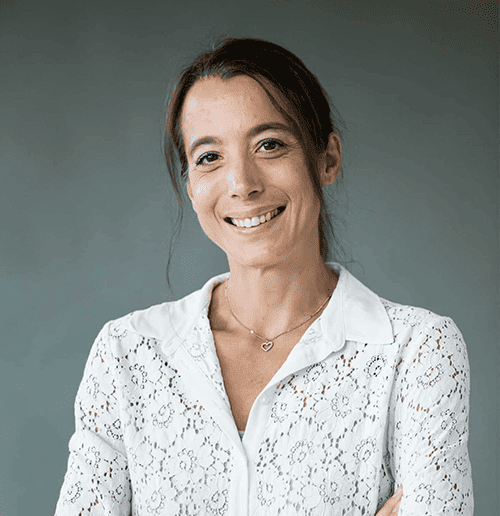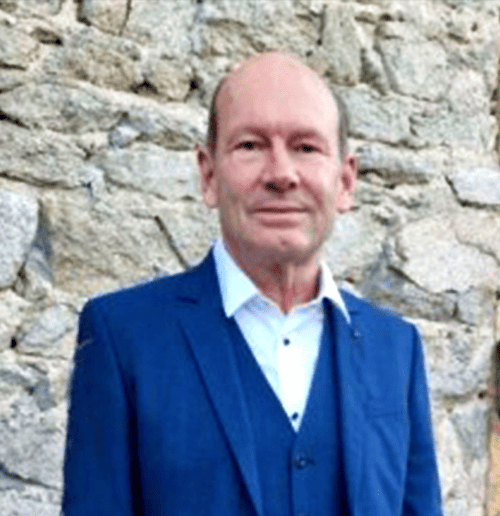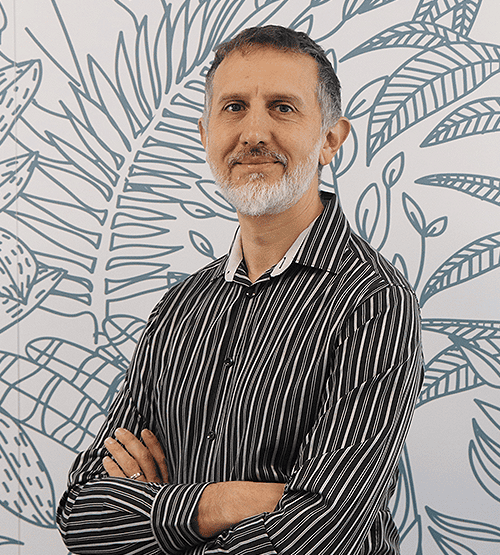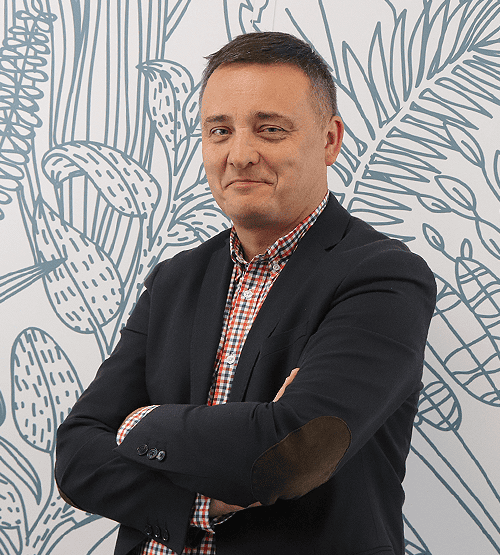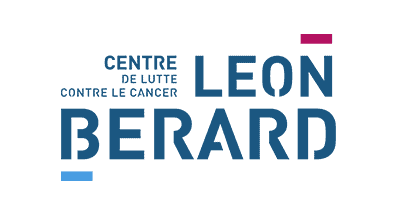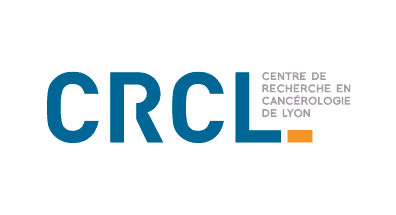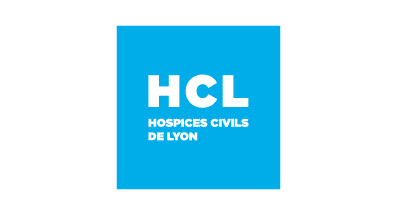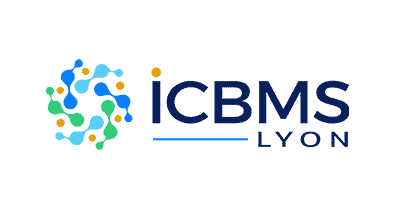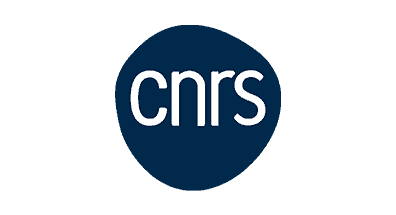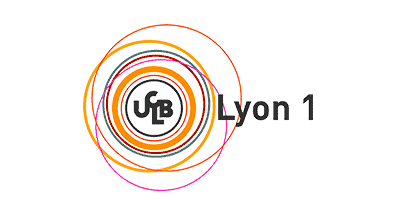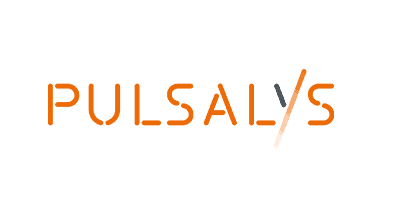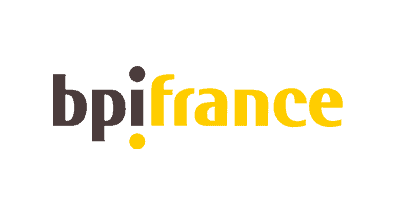Development of a universal marker of circulating tumour cells
for detection, monitoring and therapeutic orientation in oncologySirius NeoSight is developing technology to measure membrane fluidity which is a high-performance, universal methodology for the discrimination and purification of Circulating Tumour Cells (CTCs) present in the blood stream.
The ambition of Sirius technology is to revolutionise the early detection of recurrences, resistance to cancer treatments and to identify personalised therapies for aggressive cancers.
Solution
The first universal marker of circulating tumour cells
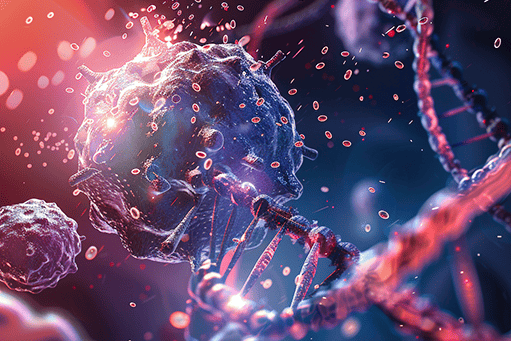
What is a Circulating
Tumour Cell, or CTC
During the development of a tumour, cancer cells escape and enter the blood circulation: these are Circulating Tumour Cells (CTCs). These CTCs not only indicate the presence of a neoplastic lesion (sometimes before any clinical manifestation), but these cells are also responsible for the dissemination of the disease (metastases) and treatment resistance.
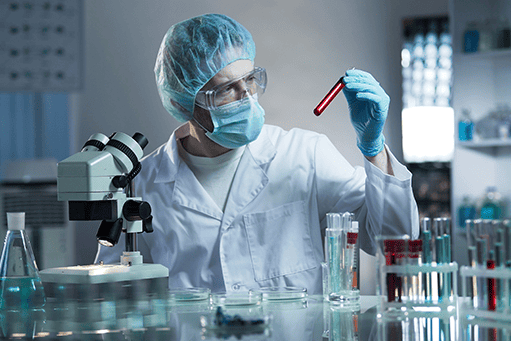
CTC detection,
an unmet challenge
The routine detection of CTCs, from a simple liquid biopsy (blood sample), could revolutionise the early diagnosis of cancers, assessing therapeutic efficacy and detection of recurrence. However, their detection remains a challenge for which no current technology has the answer.
The use of CTCs opens major clinical perspectives in which therapies are targeted for individual patients.

Sirius NeoSight technology
can now meet this challenge
Sirius NeoSight has created and patented a disruptive innovation, a universal and highly efficient technology for marking and isolating CTCs. This detection, based on cell membrane fluidity measurements which reflect cell plasticity, is made possible via a patented molecule, the first of its kind.
Our technology
Sirius is developing patented technology to measure membrane fluidity for application in the field of oncology, in particular to be used for the detection and purification of CTCs used in personalised medicine.
The measurement of fluidity uses a new fluorescent molecule which spontaneously attaches itself to cell membranes. This organic molecule, sensitive to its environment, then emits a fluorescence signal the wavelength of which varies with the fluidity of the membrane. Spectral cytometry analysis of the signal emitted is then used to calculate a membrane fluidity index which reflects the phenotype of the cells studied. It detects all CTCs, irrespective of the tissue of origin.
This technology is the fruit of nearly 10 years of research at the Lyon Léon Bérard Centre (Joint research units CRCL, Lyon Cancer Research Centre) and the CNRS (ICBMS, Institute of Molecular and Supramolecular Chemistry & Biochemistry), by the teams of Dr Arnaud Vigneron (CRCL) and Professor David Gueyrard (ICBMS), co-founders of the company.
Proof of concept was performed on human cancer cells in vitro, in mouse tumours in vivo and on samples from patients in a large-scale exploratory study.
A transversal clinical study in 4 clinical trials (confirmatory or prospective) is on-going in collaboration with the Lyon-based Hospices Civils de Lyon (HCL) and the Léon Bérard Centre (CLB).
This technology, already tested in several types of cancers and in theory clinically applicable to all types, will detect infraclinical early cancers and recurrences and enable monitoring to provide doctors with new insight concerning the efficacy of their therapy. In the longer term, this technology may also provide, for more difficult indications, the means to select the best therapy for each patient by the earliest identification of resistance phenomena.


Patented technology under exclusive licence
Sirius NeoSight is the worldwide exclusive licencee for this technology, co-developed by the laboratories and clinical units of the Léon Bérard Centre (CLB) and the Hospices Civils de Lyon (HCL).
The exclusive operating licence concerns in particular, an international patent submission, a related unique know-how and all pending improvements in development by the laboratories from which the technology originated.
The ambition of Sirius NeoSight is to make the detection of CTCs in each individual patient
a key part of the diagnosis, monitoring and adaptation to therapeutic response in oncology.
Are you interested in the Sirius NeoSight solution and still have questions?
Would you like to invest in the project or become a partner?
Don’t hesitate to contact us. We look forward to hearing from you.
Are you interested in the Sirius NeoSight solution and still have questions?
Would you like to invest in the project or become a partner?
Don’t hesitate to contact us. We look forward to hearing from you.
The medical need
To date, the available means for the diagnosis and therapy of cancers are technologies requiring major hospital procedures, invasive for patients and involving a 4 to 6-week waiting period for the results. There is a powerful need for less invasive and more rapid technologies to respond to increasing numbers of new cases diagnosed.
The Sirius team is currently concentrating their efforts on 2 types of indications: to improve the prediction of outcome in aggressive cancers, the therapeutic options for which are unclear, and to improve treatment and monitoring of cancers of high metastatic potential such as bowel and lung cancers.
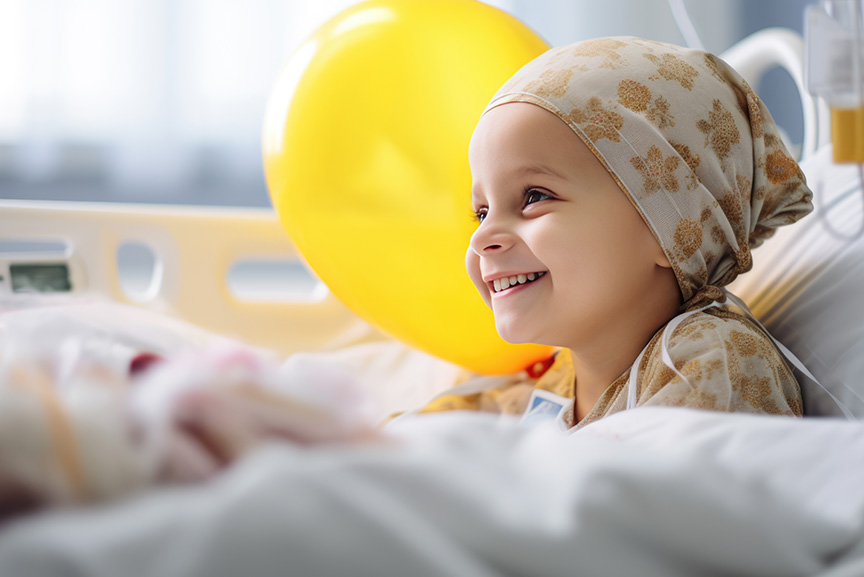
Metastatic cancers
Patients with high metastatic potential cancers (such as bowel or lung) are at substantial risk of developing metastases (50% of cases for lung cancers). The objective of on-going development work is to improve therapeutic orientation in order to increase the chances of a successful cure by administering optimal treatment after the prompt detection of the cells which are at the origin of metastases and resistance to therapy (the CTCs).
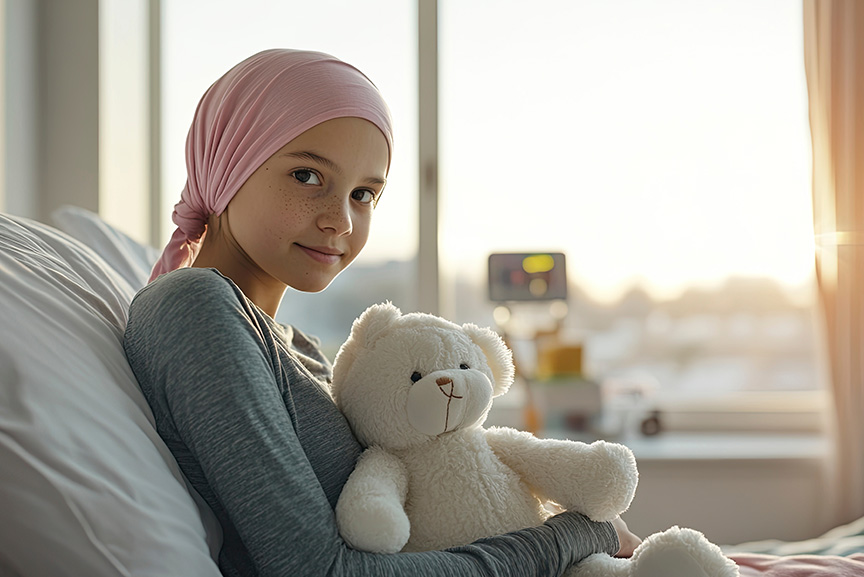
Cancers with very poor prognosis
Some aggressive tumours with a poor prognosis (such as sarcoma, pancreatic, ovarian or triple-negative breast cancer) exhibit almost irredeemably, significant and virtually immediate therapeutic failure. Oncologists are thus confronted with a therapeutic impasse as early as the second line of treatment because no clearly defined therapeutic options exist to date. On-going developments aim to determine the best therapeutic strategy, by the practice of personalised medicine, i.e. to target the most aggressive cells in each patient.
The technology exploited by Sirius NeoSight meets a major medical need for highly metastatic cancers
and for the most aggressive forms when all therapeutic options have been exhausted.
Meet the team
Sirius NeoSight is a Start-up which developed when Agnès Bastid, who has a wide experience in the biotech and pharma industry fields and who is now an entrepreneur, met with the two scientists who were at the origin of the discovery of the technology, doctors Arnaud Vigneron and David Gueyrard, who joined when the company was created by the successful entrepreneurs, Jean-Guillaume Lafay and Stéphane Legastelois.
The company maintains close collaborations with the laboratories discoverers of the technology: the University of Lyon, the CNRS, the Hospices Civils de Lyon (HCL) and the Léon Bérard Centre (CRCL).
The Strategic team
The Operational team
News
SIRIUS NEOSIGHT completes €4.4 million financing round to support the development of its therapeutic prediction technology platform in oncology Sirius Neosight, a company specializing in the isolation of Tumor Circulating...
We are delighted to announce that the LIGHT-CTC project is the winner of the AAP PRT-K 2024 supported by the Institut National du Cancer (INCa) and the DGOS. The project...
Sirius NeoSight is proud to be the winner of the JURY PRIZE at the OncoStart Summit during the IFODS 2024 congress! A fine recognition of Sirius’ positioning and ambition by...
Contact us
You are interested in Sirius NeoSight and have some remaining questions? You wish to invest in the project or propose a partnership? Don’t hesitate, contact us and we will be pleased to reply.
Sirius NeoSight is based at the Centre Léon Bérard, 28 rue Laennec, 69008 LYON, France
Are you interested in the Sirius NeoSight solution and still have questions?
Would you like to invest in the project or become a partner?
Don’t hesitate to contact us. We look forward to hearing from you.
